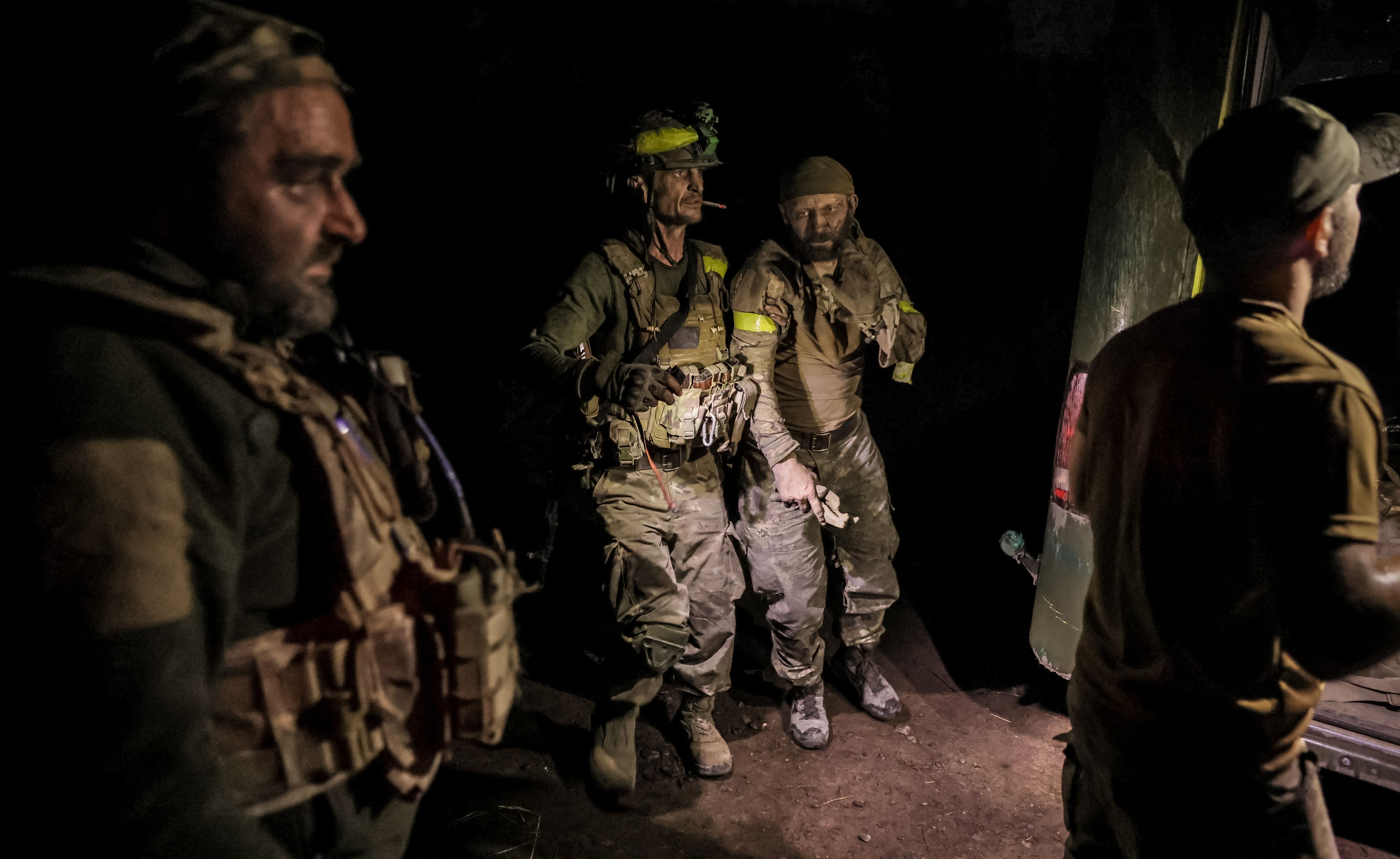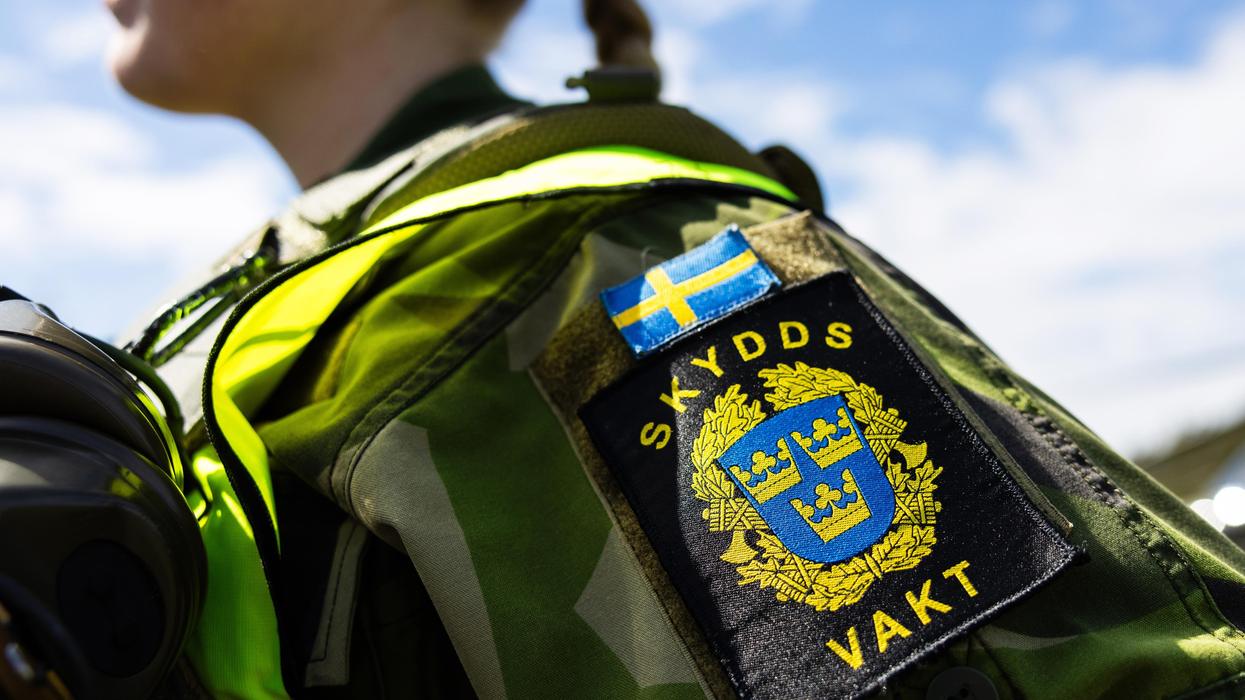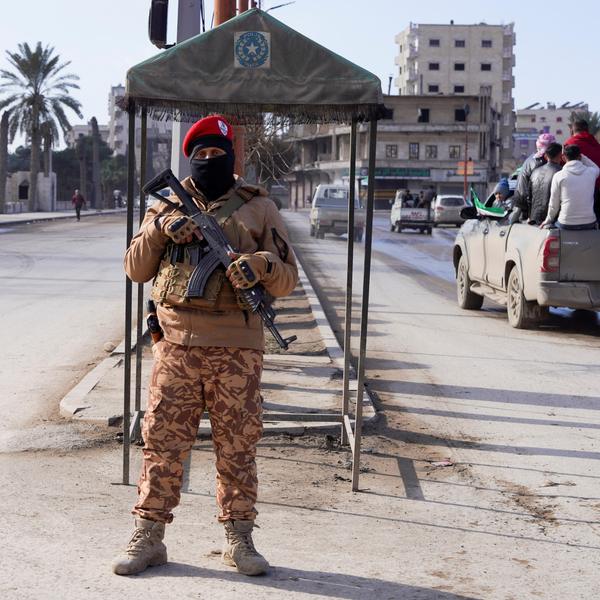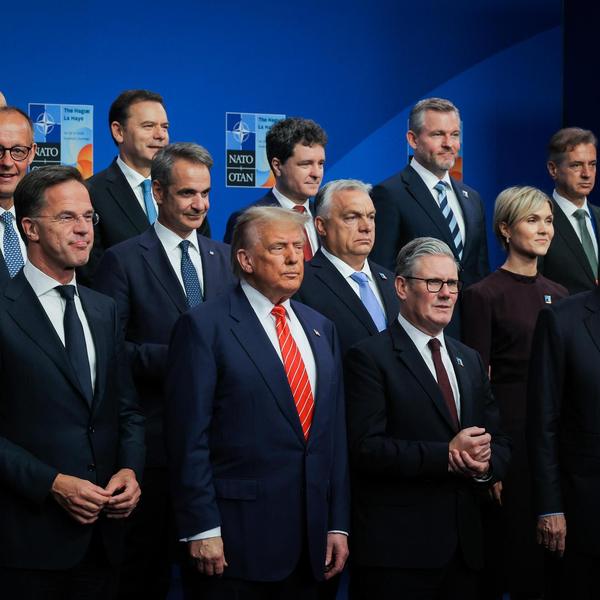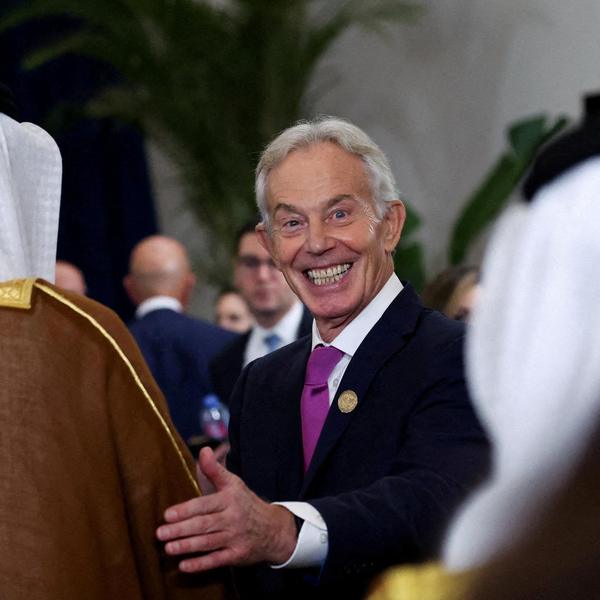In her final moments, Getrude Stein is rumored to have asked, “What is the answer?” No reply came from those gathered around her. She followed up with the retort, “but what is the question?”
The maximalist impulse toward Ukraine is approaching its final act in a similarly unenviable state. It, too, is on its deathbed, and it faces what increasingly resembles a crisis of meaning, fueled not by insufficient resources or flagging political will but by an ill-defined theory of victory.
There could never be perfect unanimity in what was a U.S.-led coalition of around 50 nations, but it can be surmised that the initial goal was to enable Ukraine, through a combination of military aid, sanctions, and diplomatic pressure, to decisively degrade and potentially defeat the Russian military. It became clear around the latter half of 2023 — though it must be said that many observers sounded the alarm bells a good while earlier — that some of the presumptions behind this approach were untenable.
Yet, three years in, this approach remains the dominant paradigm for framing the war in the absence of any clearly articulated alternative strategy.
Despite previous experiences with Russian countermeasures against HIMARS and other Western-supplied systems, the belief persists that Ukraine can tilt the balance of forces in its favor if supplied with the right equipment. Last year, it was Leopard tanks and Patriot missile systems. Now, it’s F-16s. Then there is the larger and more important question of the goals for which these weapons should be used.
Recent assessments urging Ukraine to shift to a defense posture represent a welcome departure from the proposition, thoroughly invalidated by the experience of the failed 2023 counteroffensive, that Ukraine’s military wields the offensive power necessary to expel Russian forces from all of its internationally recognized territory. Such calls reflect the realities of a conflict that has reaffirmed Carl von Clausewitz’s time-tested contention that defense is the stronger form of war and, if heeded much earlier, may perhaps have registered as sound advice.
But this approach unfortunately does not go far enough in acknowledging the severity of factors — military, political, economic, and demographic — working against Ukraine on and off the battlefield. Manpower and firepower are the two currencies with which victory in Ukraine is to be bought — Ukraine’s military faces dire, growing deficits of both. The country is roiled by a demographic downward spiral that will require a generational, whole-of-society effort to redress even if the war was to end today.
Moreover, recent data shows the Ukrainian population’s ironclad unity behind its government’s war aims has all but dissipated, introducing new and unwelcome domestic pressures from which the Zelensky government considered itself immune. A plurality of Ukrainians now favor initiating peace talks with Russia, a measure that has been functionally banned by the Zelensky administration.
There is a sense in which these proposed defensive strategies are even more fraught than earlier maximalist plans — which peaked in popularity following successful Ukrainian advances in late 2022 — to win the war by dealing a crushing blow to the Russians through lightning offensive maneuvers. The “knockout punch” theory of Ukrainian victory, wrongheaded as it turned out to be, can at least be merited with recognizing and seeking to work within the constraints posed by time.
Talk of a defensive strategy tries to buy Kyiv time it likely doesn’t have, tapping resources it and its Western partners can ill afford, to achieve an end that has yet to be adequately defined. It is, in form and function, an exercise in whistling past the graveyard.
The war cannot be placed in autopilot, as it were, simply by postponing offensive operations and investing in defense. The problem is not only a stark asymmetry in latent power between Russia and Ukraine, but also and especially the asymmetry of vital interests and escalatory potential between Russia and Ukraine’s Western partners.
Yet the debate over whether or not the trends working against Ukraine can be slowed elides a more fundamental question: slowed to what end? If the intention is to buy more time, what is the time for? Is it to prepare for another large-scale counteroffensive to knock Russia out of the war; to slowly defeat Russia in a war of attrition; or to raise costs on Russia such that the Kremlin agrees to negotiations on reasonably propitious terms for Ukraine and the West?
The first two are hardly more realistic than the cavalier assumptions that underpinned the ill-fated 2023 counteroffensive. The latter is dubious at best in light of the trends discussed above.
Recent coverage of the war has captured with harrowing clarity the challenges confronting Ukraine. But this widespread acknowledgement still appears to be obscured behind a wall of political and military assumptions that have not been updated since the latter half of 2022. Too much of the thinking on Ukraine is caught up in refining, adapting, and justifying a dwindling set of tactical measures rather than articulating a realistic end state that preserves Ukrainian sovereignty and advances U.S. interests.
More military aid to Ukraine and additional sanctions on Russia are all too often treated as goals in of themselves rather than as instruments used to shape outcomes on the strategic level.
The American experience has always been underwritten by a kind of decentralized techno-optimism enabling a uniquely entrepreneurial, solution-oriented culture which has made the U.S. a global innovation leader. But this technocratic spirit, though a great boon in all manner of commercial and scientific enterprises, can become a major liability in more obscurantist matters of statecraft, geopolitics, and military strategy.
America’s trademark technical prowess, personified by the brashly confident Defense Secretary Robert S. McNamara, failed to pierce the fog of war in Vietnam because it proceeded from strategically unsound assumptions about the conflict’s broader dynamics and refused to correct course at key junctures.
The variables at play in Ukraine are undoubtedly quite different, but the potential folly — wading knee deep into a protracted conflict without a realistic theory of victory — is much the same, and the stakes are similarly high.

